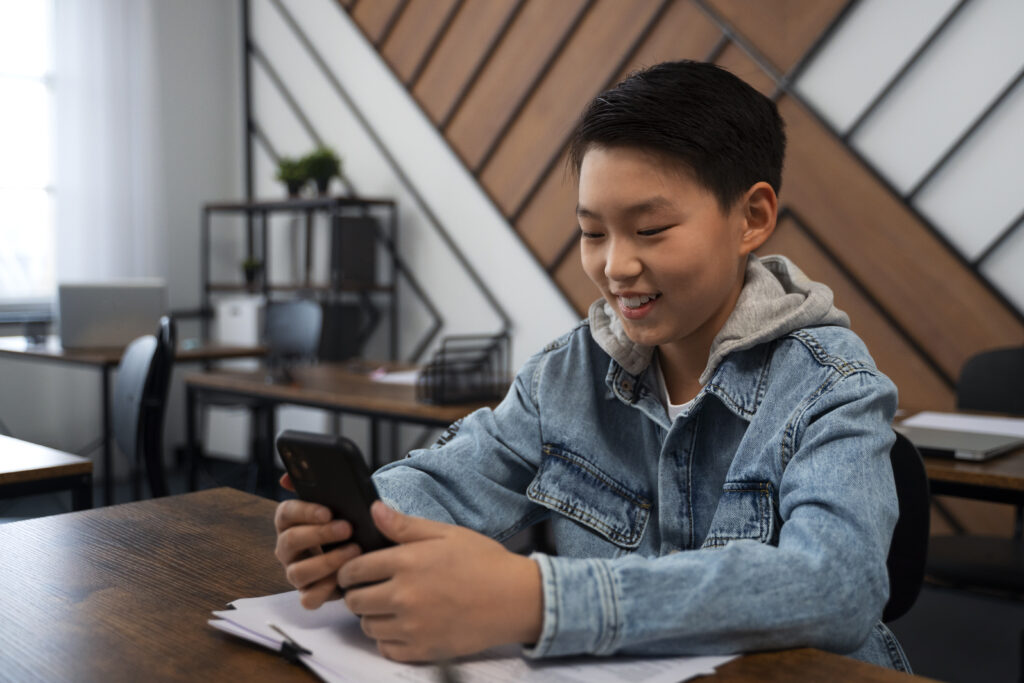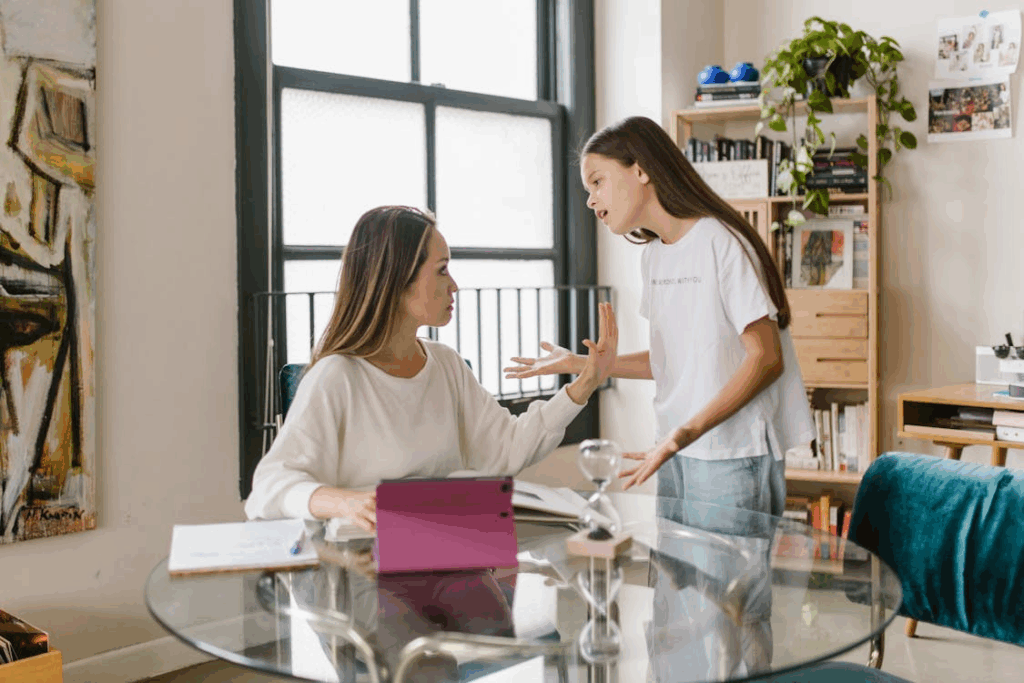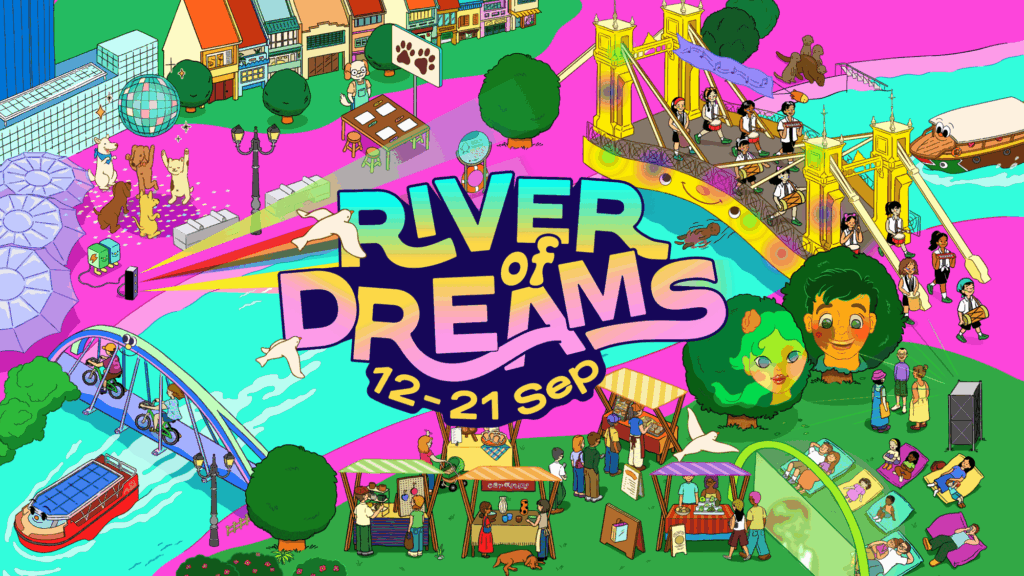“Christmas is coming soon—it’s time to fill your home with lights, warmth, and holiday cheer.”

Christmas is coming soon, and it’s time to start decorating your home for the holidays. Getting the house ready with lights, ornaments, and festive touches is a fun way to welcome the season. It’s also a great chance to bring the family together. Shopping for decorations, setting up the tree, and turning your home into a cosy, joyful space.
To make things easier, we’ve gathered some of the best spots to shop for Christmas decorations this year. Here are 15 places in Singapore to check out for everything you need.
1. Far East Flora
Far East Flora is a great place to add a natural touch to your Christmas décor. The store has an eco-friendly feel and offers a wide range of handcrafted Christmas bouquets, floral arrangements, mini Christmas trees, wreaths, and glittering ornaments. You can easily find something to brighten up your tables and halls while keeping things fresh and festive.
They also have a big selection of hampers that make great gifts for clients and partners. The Chocolate Indulgence Hampers include rich chocolate assortments in elegant baskets ($54.90–$164.90), while The Grandeur Collection features chest boxes filled with fine wines, gourmet treats, and festive treasures ($164.90–$544.90). You’ll also find Gifts & Table Décor to complete your holiday setup. Visit them at 435 Clementi Road, 590 Queensway, or 565 Thomson Road.
2. Masons Home Decor
Masons Home Decor has earned its reputation as Singapore’s #1 spot for the most realistic, beautiful, and densest Christmas trees. Their tree collection includes standout options like the Renato – Colorado Pine Slim, Astoria – Douglas Fir Slim, Mirabella – Traditional Alpine, and Amora – Virginia Pine Slim, with prices ranging from $59.00 to $1,299.00. You can even choose your preferred tree height.
To make decorating simpler, Masons Home Decor provides a Christmas Tree Decorating Guide that tells you exactly how many ornaments to buy and how to style your tree beautifully. You can enjoy $5 off your first order when you subscribe to their newsletter. Visit them daily from 11am to 8pm at Christmas Tree Singapore by Masons Home Decor, #04-01, Asiawide Industrial Building, 5 Pereira Road, Singapore 368025.
3. Typo
If you’re looking for quirky Christmas decorations and gifts, this place should be on your list. It’s packed with fun and unusual finds that add character to your holiday setup. You’ll come across items like the Mushroom Glass Lamp, Party Karaoke Speaker with Light, Nightmare Before Christmas Candy Bowl, Retro Claw Machine, and Sea Coral Shaped Vase.
Fans of Stranger Things will be delighted to spot the Stranger Things Resin Christmas Ornament, a great addition for anyone who loves the show. The store has multiple locations across the island, so it’s easy to drop by and browse their creative collection in person.
4. Tidings
Tidings offers a great range of both live and artificial Christmas trees, catering to every budget and style. It’s a complete one-stop shop where you can get an artificial Christmas tree bundled with matching decorations, saving you the hassle of picking each item separately. Their Wallet Friendly Bundle features a 1.5m (5ft) Aria Tree for $129.00, while the Premium Tidings Bundle includes a 1.5m Adelaide Tree for $199.00. For a more wintry vibe, the Let It Snow Bundle comes with a 1.8m Noel Snow Flocked Tree at $297.80. There are many other bundles available, so you can easily find one that fits your space and taste.
All Christmas trees come with free delivery. You can shop online or visit Tidings in person at #03-02, Solstice Business Centre, 23 New Industrial Road, Singapore 536209.

5. Mustard Tree
This is a store unlike any other. It stands out not just for its beautiful products, but for the heart behind its mission. The shop focuses on offering quality items while supporting a meaningful cause, empowering artisans with special needs. Each artisan is mentored through hands-on training, skill development, and retail support, giving them opportunities to grow as creators and individuals. The result is a collection that carries both craftsmanship and compassion, making every purchase feel truly meaningful.
Not every item is handmade by the artisans themselves, as the store also includes complementary products that blend well with their handmade pieces. For the Christmas season, Mustard Tree offers lovely options such as Christmas wreaths at $48.00, mini dried flower cards at $3.00, a plush Christmas tree (38cm x 36cm) for $78.00, and various flower bouquets priced according to your selection. You can visit them at 1 Jurong East Street 21, #02-16, Ng Teng Fong General Hospital TWR. A, Singapore 609606.
6. Sing See Soon
Sing See Soon offers an impressive range of Christmas trees in all sizes, from petite options that fit snugly in smaller spaces to majestic ones that make a grand centrepiece for the living room. Alongside the trees, families can also find everything needed to complete their festive setup, including tree stands, wreaths, garlands, and ornaments.
An Early Bird Exclusive offer is available for those who like to plan ahead. Shoppers can also purchase a disposal service and simply indicate their preferred collection date under the notes or remarks section during checkout. Delivery begins on 24 November, giving everyone plenty of time to get their trees ready before the celebrations begin. Orders can be placed online or in person at 5 Simei Lane, Singapore 528710.
7. Urban Li’l
This creative design studio specialises in customised laser-cut décor, wall art, and personalised gifts for homes, kids’ spaces, businesses, and events. Their holiday offerings include laser-cut Christmas tree ornaments, festive stockings, greeting cards, and mini wreaths, all neatly packaged in little bento boxes.
They focus on personalised festive decorations that add a unique touch to your holiday setup. The full collection is available online.
8. Henry Christmas Wholesale
The name “Henry” was actually given by customers and comes from the store’s original name, “Heng Li” (恒丽), which means “everlasting beauty” in Chinese. Over time, Henry Christmas Wholesale has become a familiar stop for families. This store has a way of drawing people in. The cheerful music, colourful displays, and cosy ambience make it a delightful spot to explore.
Henry offers a wide range of decorations, including shiny baubles, colourful tinsel, Christmas trees, nativity cribs, and cute stockings. Every corner is filled with something that adds warmth and sparkle to the season. You can find the store at 736 / 734 Geylang Road (near Lorong 44). It’s open daily, including public holidays, from 12:00 PM to 8:00 PM, and closes on Thursdays.

9. All Events Decor
As its name suggests, All Events Decor goes beyond Christmas. The store is known for offering decorations for almost every celebration throughout the year. Including National Day, Deepavali, Chinese New Year, Hari Raya, and many more.
The store offers a huge variety of Christmas items such as Santa Claus figures, reindeer and angel ornaments, festive ribbons, and Christmas trees in all sizes. They have full catalogues available on their website. You can also find their email, WhatsApp number, and ordering details there.
10. Marks and Spencer
The store offers a wide range of holiday essentials, including Christmas trees, baubles, table and room decorations, wreaths, garlands, candles, and festive fragrances.
Aside from decorations, Marks and Spencer is also a great place to pick up Christmas gifts and matching family nightwear. It’s a one-stop shop where you can find something for everyone: family, friends, and even yourself. With multiple locations across the island, it’s easy to drop by.
11. Bed, Bath N’ Table
Known for its sophisticated approach to holiday styling, this destination offers an elegant range of Christmas decorations that elevate any home. Families will enjoy browsing through collections featuring nutcrackers, poinsettias, Christmas bows, tree toppers, and snow domes.
There are also plenty of Christmas-themed novelty items to explore, such as door mats at $27.74, slippers at $22.49, hand towel and soap sets for $29.95, and festive covers at $149.95. Shoppers can enjoy 30% off Christmas trees and visit multiple locations across Singapore to find everything needed.
12. Pollyanna Concepts
You’ll find Christmas decorations here that are truly unique. The collection includes charming photo frame decor, Christmas frames in copper rectangle designs, festive hurricane lamps, natural pinecone sets, and adorable toys like bear, squirrel, and penguin and a 70 cm standing gnome.
Many of the items come with special discounts, so it’s worth checking the website for the latest offers. You can browse and order online or visit in person at #03-07, Pan-I Complex, 601 Sims Drive, Singapore 387382. The shop is open Monday to Friday, 10am to 7pm, and Saturday, 10am to 2pm.

13. Christmas Tree Singapore
Designed to cater to every household, the Christmas trees here are budget-friendly, space-saving, easy to assemble and dismantle, duo-toned, and beautifully crafted. What you see is exactly what you get, thanks to 100% real photography, so you can confidently choose a tree that suits your home just right. Each one is made to last a lifetime and comes with a 10-year warranty. The trees are also extraordinarily dense, giving them a lush, full appearance that fills any room with festive warmth.
Delivery is charged at $10 islandwide, with free delivery for orders above $150, making it easy and convenient to bring holiday cheer home. You can explore the full collection online or visit in person at #03-15, Primax, 22 New Industrial Road, Singapore 536208.
14. Candy Floriculture
Best suited for families who love the scent and feel of real evergreens, this spot offers natural, fresh Christmas trees that are carefully cultivated and pest-free. The selection is wide and delightful, with options ranging from $46.00 to $1,648.00, depending on the size and type you’re looking for.
For added convenience, there’s also a Christmas Tree Disposal Service for existing orders priced at $40.00, and all prices already include GST. You can shop online or visit in person at 567 Thomson Road, Singapore 298183. The place is open daily from 8am to 7:30pm.
15. The Green Corner
Best for families seeking fire-retardant-treated Christmas trees, this place offers Premium Grade Noble Firs that come all the way from Oregon, USA. Each tree is sourced from farms that follow environmentally sustainable practices, ensuring the conservation of soil and water, protection of riparian zones, and preservation of wildlife habitats. Every tree is live and natural, with its own unique shape and size. With proper care, the trees can stay fresh and vibrant for three to four weeks, adding a lasting touch of holiday cheer.
To make the season even more enjoyable, families can choose from four unique Christmas tree decoration themes. Orders can be made online or in person at 3A Lorong Ah Thia, Singapore 679278, and it’s open daily from 9am to 7pm
Check out more articles for Christmas inspiration: Christmas Gift Ideas 2023 Edition and Celebrate December with Your Kids at Local Christmas Markets and Events.



















































































































































